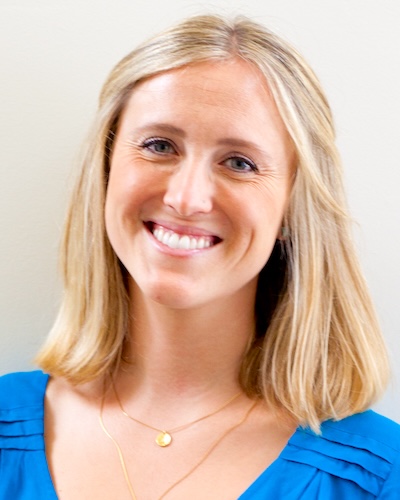Rehabilitation with Motor Control

February 19, 2016
by Heather
Hello Springtime!
Apologies for my blogging absence these past few weeks – I have been extremely immersed in my classes. I am absolutely thrilled about my course load this semester. I am taking two required courses, Advanced Seminar in Occupational Science and Leadership Capstone. The electives that I am taking are Motor Control, Physical Agent Modalities, Hand Rehabilitation, and an Independent Study in Human Anatomy. The classes overlap very well, and I find myself learning a great deal in the areas of practice that I am most passionate about.
The Motor Control course takes place at Rancho Los Amigos Hospital, or as we call it, “Rancho.” Rancho is well known for its rehabilitation program, especially its occupational therapy programs. Many of the case studies that we have learned about in class have come straight from patients at Rancho, or from our professor’s clinical experience working at Rancho. Many of USC’s OT doctorate candidates and doctors practice at Rancho, and are actively involved in the Motor Control class.
The Motor Control class is focused on stroke rehabilitation in Rancho’s inpatient unit. This is very meaningful for me because of my history of working with my grandma after she suffered from a stroke. My experience of working with her is what led me to occupational therapy in the first place. It made me realize that I liked being in the position of helping others as I witnessed her recovery. Sometimes it takes a crisis to realize what you are good at.
So far in Motor Control, I have drawn upon my knowledge of human anatomy, physiology, kinesiology, and body biomechanics. We are largely focused on getting certain muscle groups activated in our clients. (Side bar: we practice on each other for a few weeks before we are introduced to actual patients in the second half of the course). We are taught that before we can work on ADLs/IADLs with a patient, we need to ensure that they can move in certain ways for functional performance. We begin by facilitating movement at the pelvis, and then move on to the trunk and scapula. If we cannot facilitate movement easily, we mobilize these certain areas which requires a more hands-on approach. Additionally, we learn how to use orthotics and tools that have proven to be effective in stroke rehabilitation. With practice and clinical experience, we will begin to realize what treatment techniques will be most useful for our patients to regain function.
I have learned from Motor Control, and from my Grandma’s recovery, that the basic tenet of stroke rehabilitation stems from the idea that all activity should be purposeful in recovery. I look forward to working directly with the patients in the second half of the course.
This class has truly united my vocation with my avocation, and I am so thrilled to be even further along my road to becoming a licensed OT in just a few months!
⋯
Next by tag Classes ⟩ What are OS/OT? ⟩
⋯





